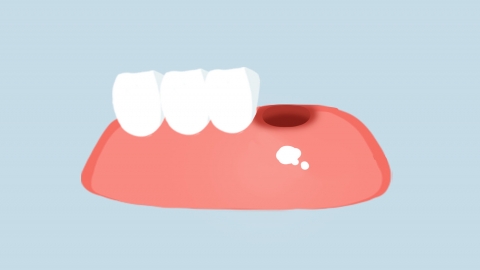Can receding gums recover?
Gingival recession is generally difficult to completely cure, but the progression of the condition can be controlled and symptoms improved through treatment. The specific analysis is as follows:

Gingival recession is hard to fully reverse because once the gum tissue recedes, the underlying alveolar bone may have already undergone resorption. Both alveolar bone and gingival tissues have limited regenerative capacity and cannot return to their original height and shape. However, treatment can help control disease progression and alleviate symptoms. For example, removing dental plaque and tartar from tooth surfaces and periodontal pockets reduces ongoing irritation to the gums, preventing further inflammatory destruction of periodontal tissues. In mild cases, periodontal surgical procedures can be used to cover exposed tooth roots, reduce sensitivity, and help maintain the current state of gums and alveolar bone, thus preventing continued worsening of recession.
In daily life, it's important to use a soft-bristled toothbrush and the Bass brushing technique to avoid damaging the gums with excessive brushing force. Rinse your mouth after meals, and use dental floss or interdental brushes to clean between teeth, minimizing food debris accumulation. Regular dental check-ups and professional cleanings allow early detection and treatment of periodontal problems. Avoid prolonged chewing on one side of the mouth to reduce tooth wear and periodontal strain, helping prevent further gum recession.




